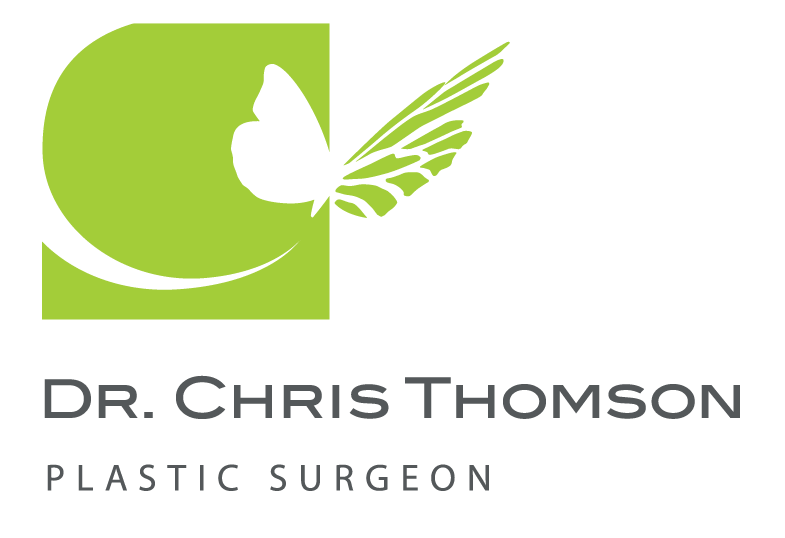Tummy Tuck Drains - You Don't Need 'Em
The crucial decision you never knew you had to make
You’ve decided you want to pursue having a tummy tuck. You’ve been thinking about it for ages, and you’ve decided it’s time. You’ve researched before and after pictures, and even found a description or two of the surgery online. Your Google search history is packed with queries about abdominoplasty, which plastic surgeons offer the surgery, and how much a tummy tuck costs. The one thing you’re still a bit concerned about, however, is the recovery. What exactly should you expect?
Many plastic surgeons use abdominal drains as part of the patient recovery process. During the abdominoplasty procedure, the surgeon elevates a large area of the skin in order to tighten it and remove excess tissue. The implication of this is that a large space is created that is capable of filling up with fluid following the procedure. Should this pocket of fluid become too large, it must be drained in order to reduce the risk of infection and additional pain. In order to combat this possibility, plastic surgeons have traditionally inserted an abdominal drain at the time of surgery and left the drain in place for several days post surgery in order to deal with any excess fluid in the surgical area.
An abdominal drain is a small tube brought out through the skin that attaches to a suction container. This container is typically pinned to the patient’s undergarment to try to minimize tugging and pulling on the tube. For several days following surgery, these patients must attempt to complete daily tasks with the drain and container pinned in place. Additionally, every 12 hours patients must measure the amount of fluid that has collected in the container and record it.
I can say with confidence that patients do not appreciate dealing with a messy drain attached to their abdomen in the days following surgery. Years ago I used drains, but I realized that they rarely worked as well as I had hoped. Frequently the drains lost suction which rendered them useless and required their premature removal. Even if the drains did function as intended, at a certain point the drain needed to be removed due to the risk of infection. Often once the drains were pulled patients immediately began to accumulate fluid under the skin, which then required an additional procedure to drain the fluid. This was dissatisfying for both the patient and myself. Not only had their drains not worked, the patients had to deal with the drains each day and invariably found them messy and painful.
I stopped using drains years ago and have never regretted it. Instead, I use a suturing technique called “quilting sutures” which closes off the space where fluid can accumulate and reduces tension on the incision. This helps to ensure that the scars from surgery remain thin and fine, and further prevents fluid from accumulating. As a result, the incidence in my patients of fluid collections (seromas) has dropped to near zero. Patients no longer have to deal with messy and painful drains, and recovery is simpler.
If you are thinking of having an abdominoplasty, make sure you ask your surgeon if you will have drains or quilting sutures. You owe it to yourself to avoid drains.
